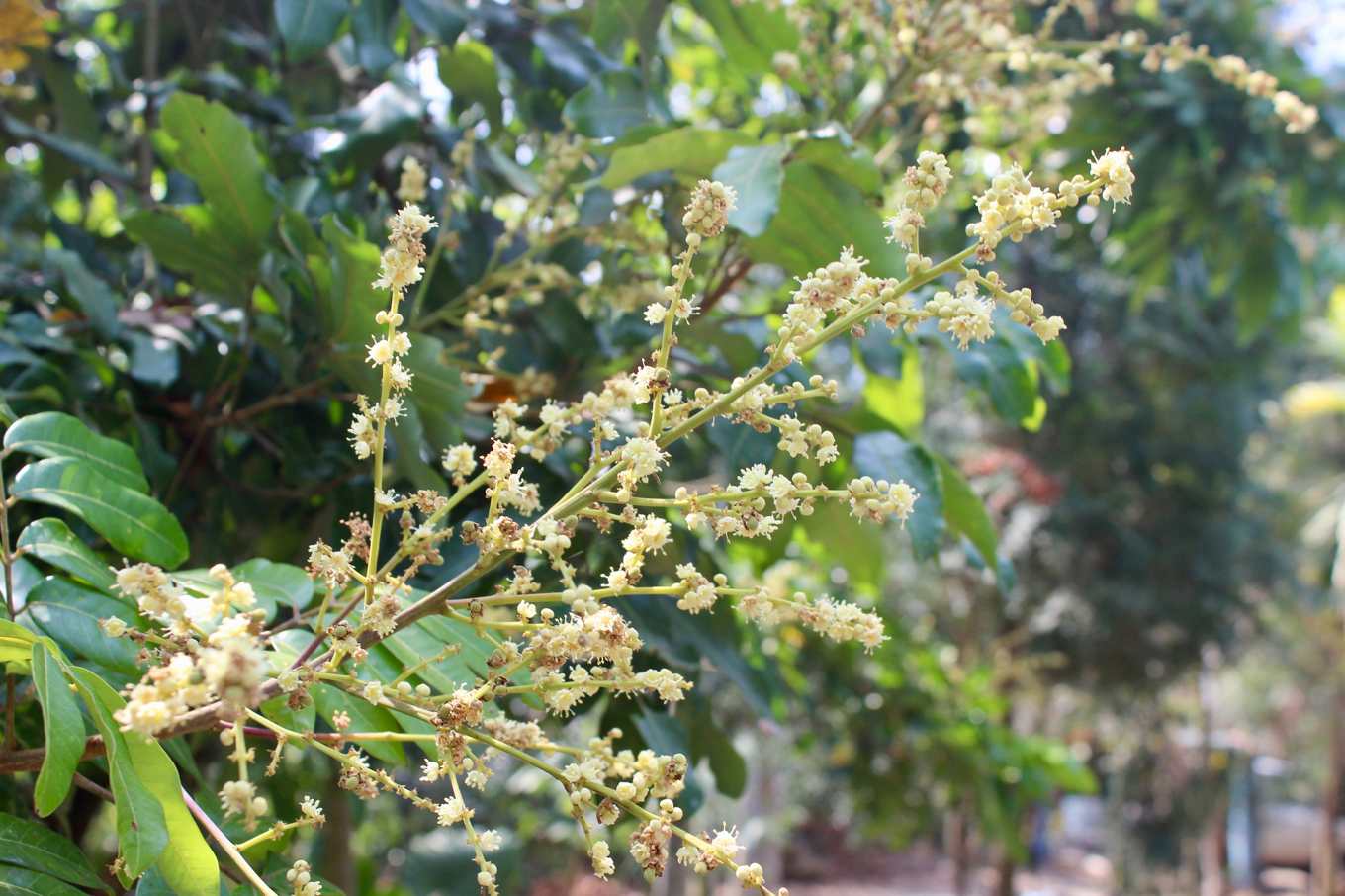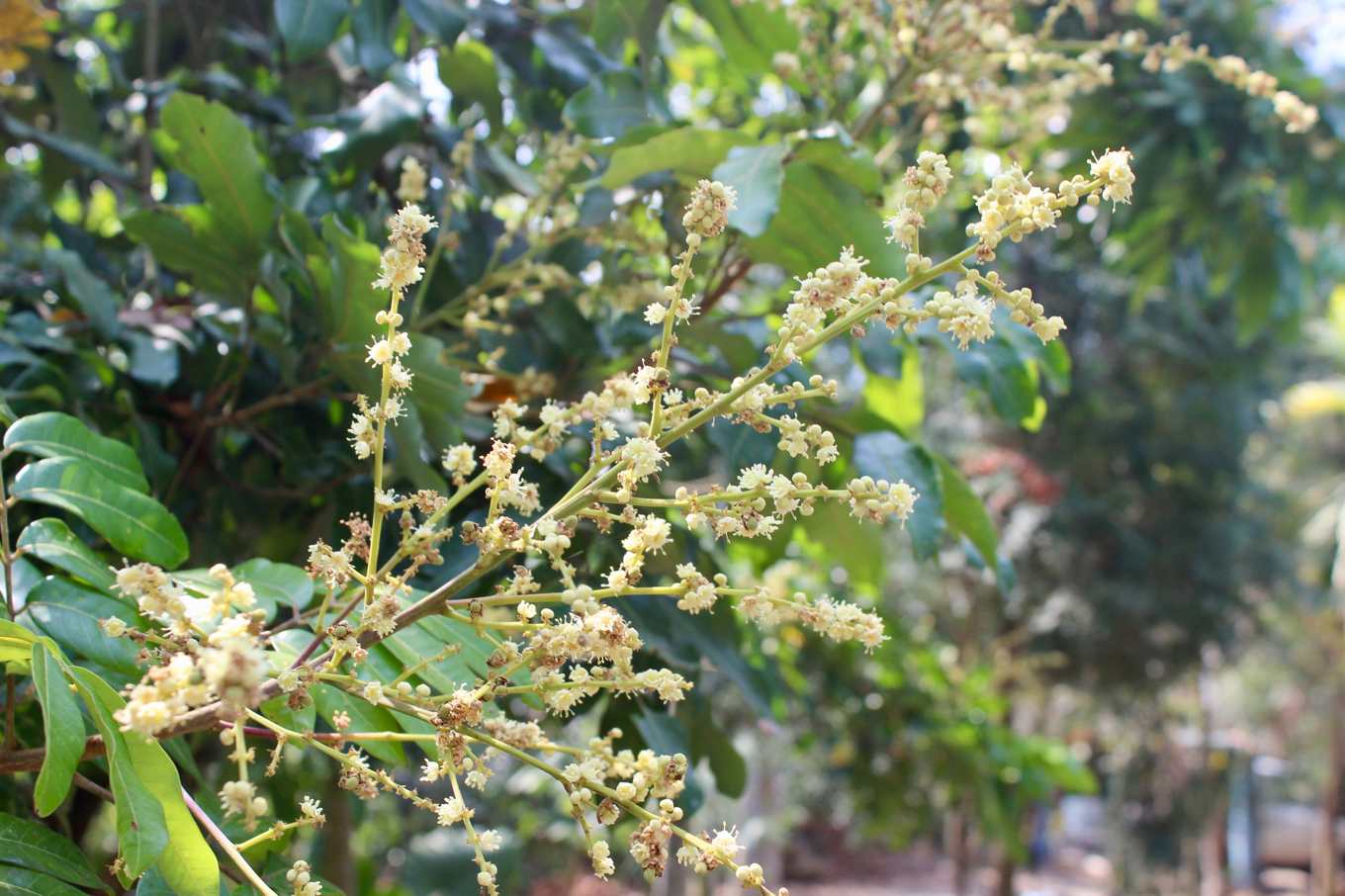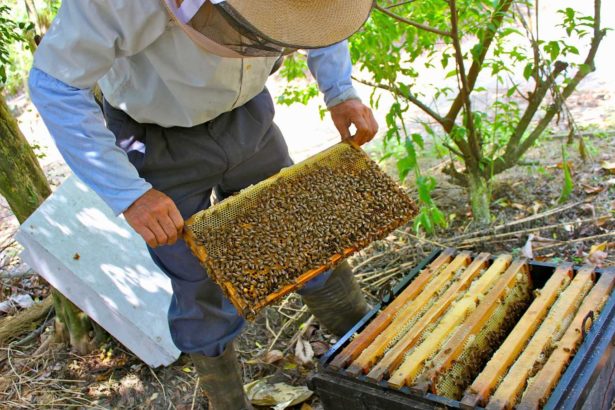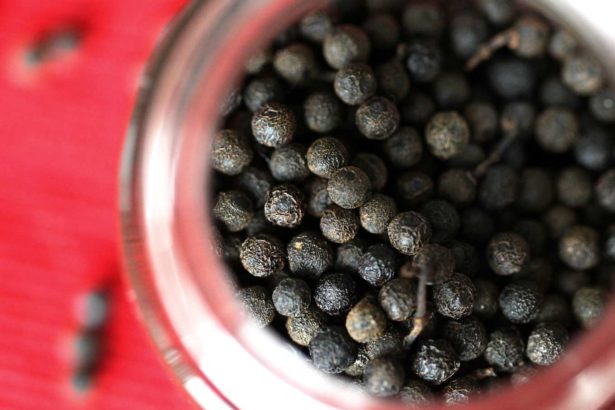The worst spring for beekeeping! The natural disaster is serious, and the government offers a number of subsidies. Bee farmers: beekeeping has a rare zero harvest in 50 years.
Share
As a result of the drought in January and February this year, the flowering rate of nectar plants such as litchi and longan was less than half, and honey production dropped sharply to 1/10 of that in previous years. In response to natural disasters, the Agriculture and Food Department of the Council of Agriculture, the Counseling Office of the Council of Agriculture, and the Agricultural improvement Farm of Miaoli District (hereinafter referred to as Miaoli Agricultural Reform Farm) provide various subsidies, including sugar subsidies for the continuation of bee colony life; in addition, "bee colony relief" is included in the natural disaster relief method, with a subsidy of 600 yuan per box, and can be declared according to the actual number of apiculture farms without setting the upper limit of application; at the same time, applications for subsidies for seven kinds of small apiculture machines are opened.
As the frequency of natural disasters is still unpredictable, the Agriculture and Food Administration said that it will launch a "beekeeping industry insurance" and is working with the Bureau of Agricultural Finance on the details.
Beekeeping Association: the impact of drought on flowering is adverse, and the amount of longan honey is almost zero.
Cheng Chin-chih, chairman of the Taiwan Beekeeping Association, said, "there are really few sources of honey this year." Affected by the drought, the flowering rates of litchi and longan trees are not ideal, and bees can hardly collect nectar. In the case of litchi trees, there are still 30% to 40% of the output in previous years, while the situation of longan trees is even worse. Honey production is only 10% in previous years, and there are even zero in some places.
For nearly 50 years of beekeeping, Huang Yuan-Tsai, a bee farmer who mainly collects honey in Wufeng, Taichung, also sighs, "this is the second and most serious encounter of this kind that has not even bloomed." According to his understanding, the harvest of longan and litchi honey in central China is almost zero, mainly due to the warm winter last year and the drought in January and February this year. He further said that this year, personnel continued to explore the blooming situation in Wufeng, but until Ching Ming Festival had no flowers, he simply stopped going out of bees, because there was really no honey to pick.


Longan flowers that used to be in full bloom can hardly be seen this year (Photo / Cai Jiashan)
Miao change farm: provide sugar subsidy to help bees survive
Wu Zixian, head of the bee production course at the Miaoli Agricultural Reform Farm, explains that bees only collect honey once a year, and beegrowers must also feed enough molasses to bees before collecting honey to maintain their basic needs. Generally speaking, bee farmers will use granulated sugar as a source of molasses to feed their bees, which is also a "necessary cost" for beekeeping. This year, due to natural disasters, honey production has been reduced and the income of bee farmers has been low, so "sugar subsidies" will be provided this year.
Peng Quanfu, a technician from the Agricultural Materials Section of the Agriculture and Food Department and the person in charge of the beekeeping industry, added that applications need to be logged in with "beekeeping facts," while the rest of the application documents and application deadlines were discussed by the Japanese side yesterday (29). The details are being worked out.
With regard to sugar subsidies, Huang Yuancai said, "there is some subsidy for bee farmers, which is a good care." However, he also suggested that at present, many bee farmers are old and do not understand the process of applying for subsidies, filling in documents, and logging in data. although local production and marketing classes will also help, if the application process can be further simplified, it will be more helpful to the beekeeping industry as a whole.
"Bee colony rescue" is incorporated into natural disaster relief, and a declaration can be made according to the actual number of beekeeping.
Another subsidy adjustment for the beekeeping industry is to incorporate "colony relief" into natural disaster relief measures. Wu Zixian explains that in natural disaster relief for beekeeping in the past, because typhoons often blew up beehives, disaster subsidies were only made for "damaged beehives." however, after natural disasters such as cold damage and torrential rain in recent years, beehives are still there, but bee colonies are dying more and more, so it is planned that "bee colony relief" will also be included in the subsidy program for natural disasters.
In addition to no longer relying solely on whether the beehive is damaged or not as a basis for subsidy, the Agriculture and Food Department has also proposed to "abolish the maximum subsidy ceiling" in response to this natural disaster.
Peng Quanfu explained that according to the provisions of the natural disaster relief measures, the subsidy for half-destroyed beehives is 300 yuan, that for completely destroyed beehives is 600 yuan, and the maximum subsidy for each event is 49,000 yuan. However, according to the statistics of the Agriculture and Food Department in the past three years, the average number of beehives in each apiculture is 163 hives. If the beehives are completely destroyed (a subsidy of NT $600 per hive), the maximum subsidy is only 82 beehives. In other words, beekeeping farms with more than 83 boxes have lost all their money at all. at present, most apiculture farms in China have more than 100 cases. therefore, the upper limit of the subsidy of 49,000 yuan has been abolished, and beehives can be declared according to the actual number of beehives.
Open seven applications for machinery and tools, with a subsidy price limit of 1 / 3.
In addition, in respect of small-scale agricultural machinery, seven machines and tools have been opened for bee farmers to apply for. Including bee brushing machine, queen bee milk picker, honey picker, honey extractor, sugar mixer, bee grain mixer, dryer, the subsidy amount is 1 beat 3 of the price, bee farmers in need can apply to the local peasant associations nearby.
Does the price of honey fluctuate? Bee farmer: there were some left last year
And the source of honey is reduced, will it shadow the price of honey this year? Zheng Jinyi said that as honey was harvested last year, beegrowers kept more or less in stock, and as far as he knows, prices should not be much higher this year. Huang Yuancai also shows that in fact, the honey harvest has not been very good in the past five years. Last year was the best harvest in five years, and most bee farmers know that they have to "leave some bottom." therefore, the price this year should not be too expensive.
- Prev

The worst spring for beekeeping! The natural disaster was serious, and the government offered a number of subsidies. Bee farmers: beekeeping is the most serious in 50 years.
The worst spring for beekeeping! The natural disaster was serious, and the government offered a number of subsidies. Bee farmers: beekeeping is the most serious in 50 years.
- Next

Ma Xiao charm and crisis 01 "is both traditional and sexy, spicy mixed with the fragrance of lemon and ginger slices, with the potential of spices in the world.
Ma Xiao charm and crisis 01 "is both traditional and sexy, spicy mixed with the fragrance of lemon and ginger slices, with the potential of spices in the world.
Related
- A course of planting techniques and methods on how to grow carrots
- How to plant the latest tulips?
- Is it better to pick tea in the morning or in the afternoon? When is the best time for tea to be picked? what is the third or fifth tea?
- Launch Yuanxiao Happy combination Haocha + Tea Yuan healthy Taste
- Penghu Tourism "Fireworks 20 Parade with You"
- 2022 West Lake Happiness holds "Digital Revitalization Voucher" and draws iphone13 and laptop.
- Banqiao Fuzhou social houses are designed to change start-up combined with police elimination to create a safe and livable environment
- The convenient measure of "mechanical weeding" in Xinbei has been abused and the Agriculture Bureau has imposed heavy penalties on the illegal land consolidation.
- Changgeng University Joins Hands with Four Memory Factories to Rescue Memory Talent Shortage
- The list of Taiwan's top 100 MVP managers is listed by the Director-General of the Farmers' Association of Sanxia District.

